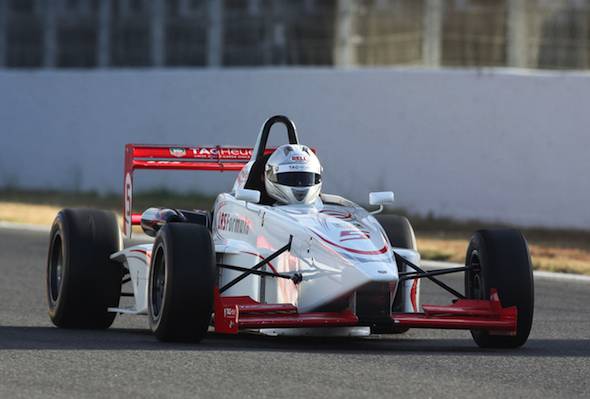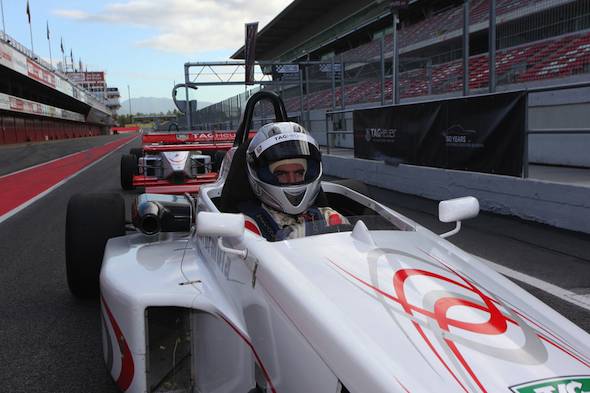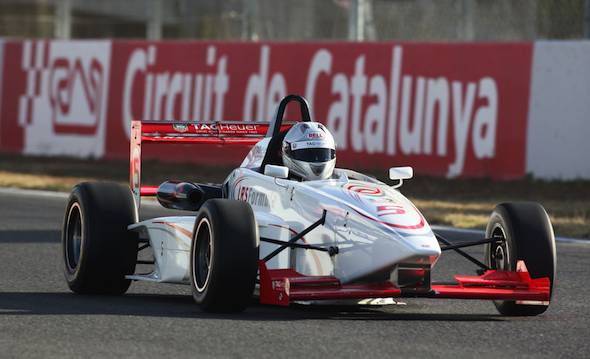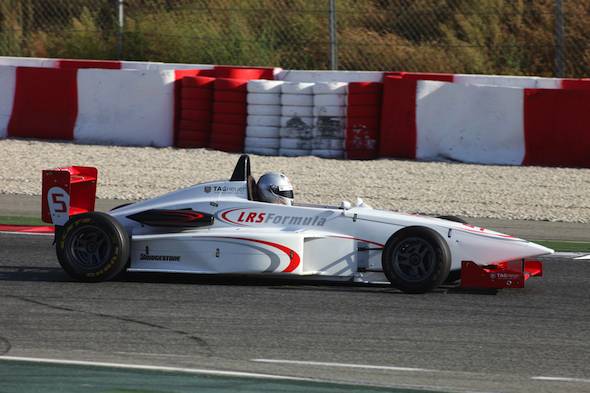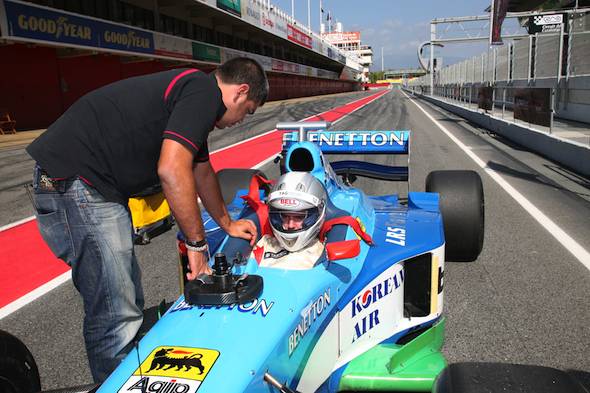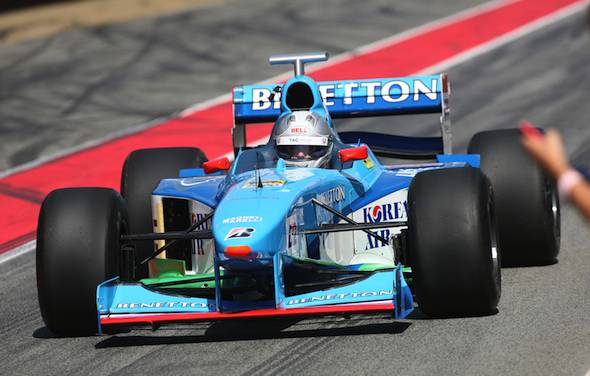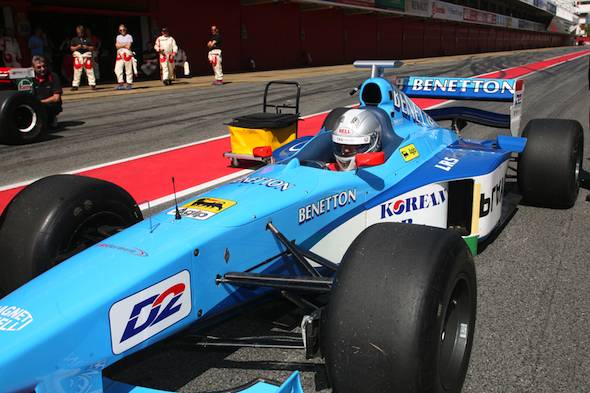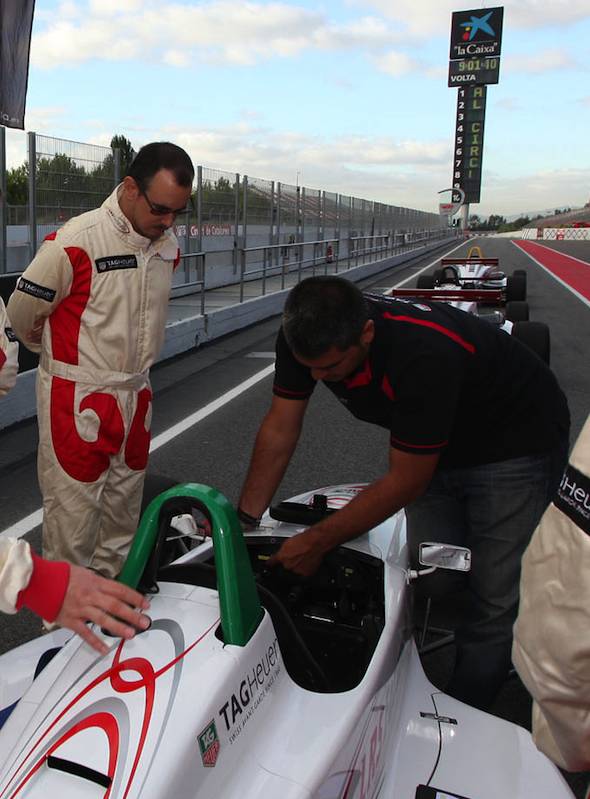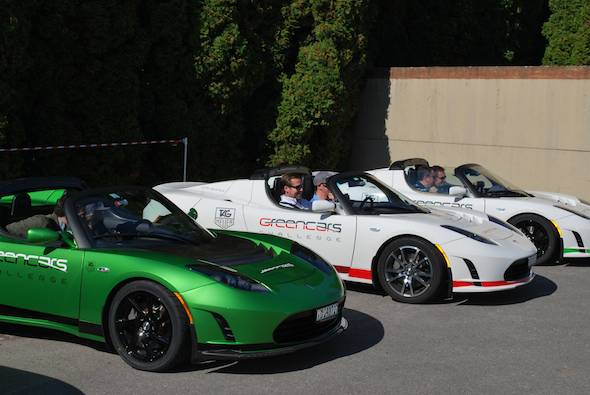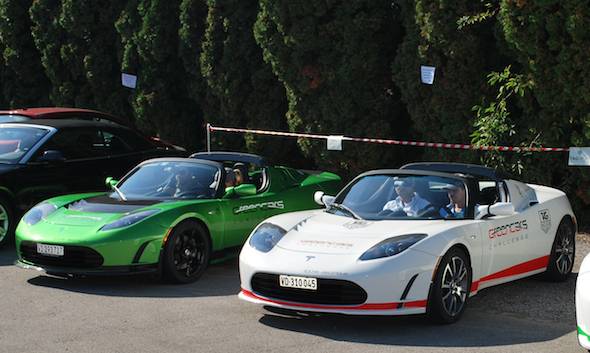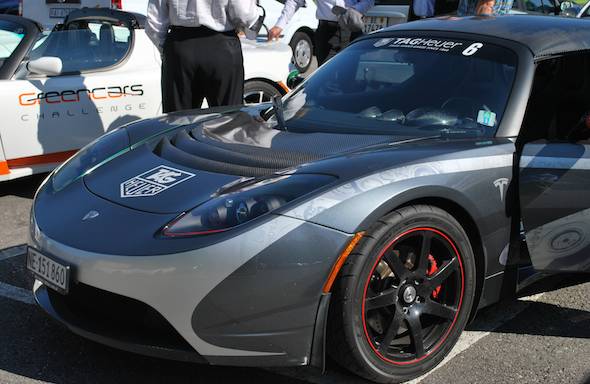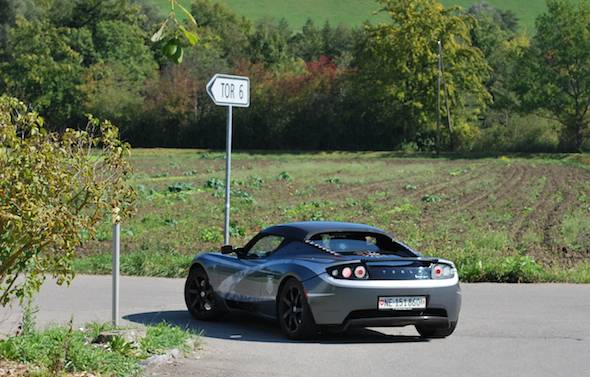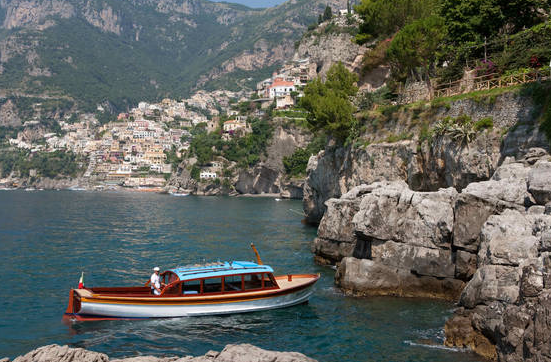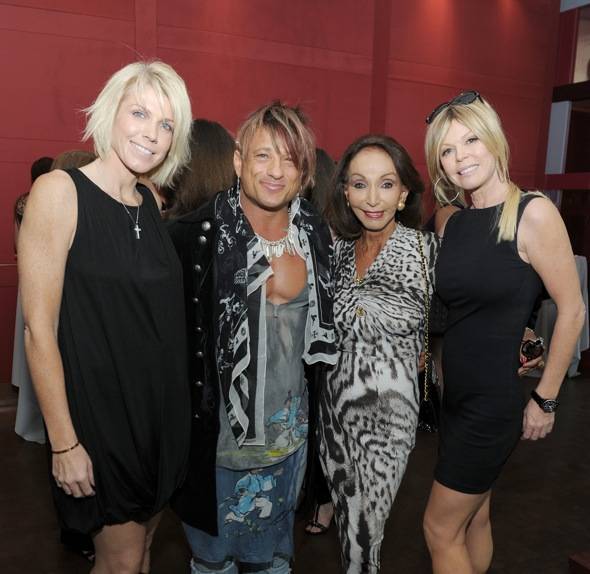Most anyone with even the vaguest understanding of TAG Heuer knows that the Swiss watchmaker has some serious gravitas in the realm of premium motorsports associations. Ferrari, Porsche, Mercedes-Benz, McLaren, Audi, Tesla… These are just some of the manufacturers who over the last 40 years have enjoyed successful racing programs and innovative products directly tied to timing and sponsorship agreements with TAG. So when haute horology’s sportiest outfit decided to cap Mastering Speed, their 150-year anniversary celebration, with a trip to Barcelona’s Catalunya F1 circuit for a day of LRS Formula One Racing School, and deemed me worthy of an invitation, I jumped at the unusual opportunity.
As part of a mixed group of fellow journalists and TAG’s American retail partners, I was put through a rigorous day of briefings, training, debriefings, and unaided laps in a couple of real-life racecars. In three heats of six cars, my fellow students and I, as well as TAG Heuer North America CEO Ulrich Wohn, VP of Marketing and Design Stephane Linder, and VP of After-Sales Service Andre Fortier, undertook six heart-racing laps in an F3 car, which is, simply explained, a less powerful class of the better-known F1 cars. Though featuring a small 2.0 liter 4-cylinder engine capable of only 200 horsepower, the F3’s light weight allows them to reach almost 200 mph in sixth gear, a feat I may have achieved at redline through the grandstand straight at least once.
The thrill of learning the track and digesting the nuances of proper brake strategy, apex trajectory, and cornering speed were just a warm-up for four afternoon laps in a true F1 car. Words can hardly express the degree of intimidation, the thrill of sheer power, and the adrenaline surge of ubiquitous, looming danger that a few laps in a legitimate Formula 1 car inspires, even for a relatively experienced driver such as myself. A fellow journalist compared it to skydiving, a claim I unfortunately cannot verify, as I’ve never jumped out of a plane. Seems about right, though… The Ford V-8 in my Benetton-sponsored car developed 700 horsepower, generating enough torque to momentarily distract me from the cramped cockpit, near-horizontal driving position, and the deafening roar of the engine. As we safely concluded the exciting day’s activities, all of the students (though none more than I) left with a new respect for the level of skill and fortitude required by even the least known of F1 drivers. Hats off to our patient instructors…
The next day, TAG Heuer flew us to their headquarters in La Chaux-de-Fonds, Switzerland, for a factory tour. Landing at the Bern airport, we were greeted by a fleet of Tesla Roadsters, which we engaged in a friendly energy-saving competition for a two-hour tour of the Swiss countryside. The Roadsters proved to be the perfect foil for the curvy Swiss roads, which without warning veered through surging alpine hillsides, long mountain tunnels, and cobblestone-paved villages. Following a delightful lunch on the roof of TAG hq, we were treated to a tour of the watchmaking factory, which revealed numerous details of the watch production process, and the stringent quality control testing that each new series of watch undergoes. Following a tour of the in-house TAG museum, we concluded with an intellectually stimulating lecture from R&D chief Guy Semon, who informed of us of several ongoing secretive projects that embody TAG’s proactive philosophy of first developing new technologies and then exploring how they might be applied.
For a company that quietly boasts Steve McQueen, the all-time king of cool, as an eternal brand ambassador, I certainly expected great things from a TAG Heuer European visit. To put it lightly, my expectations were happily exceeded…







